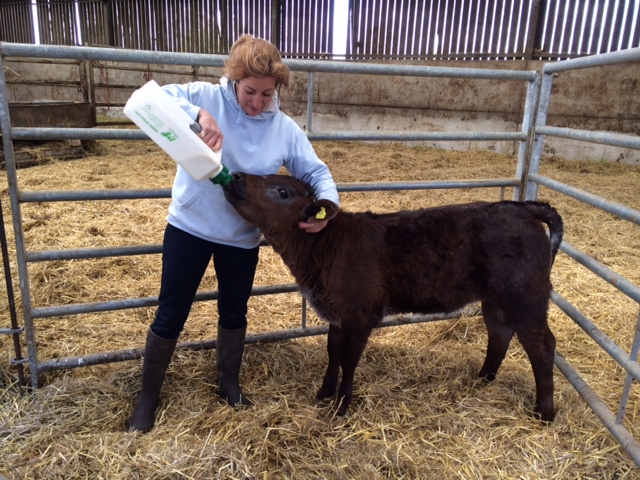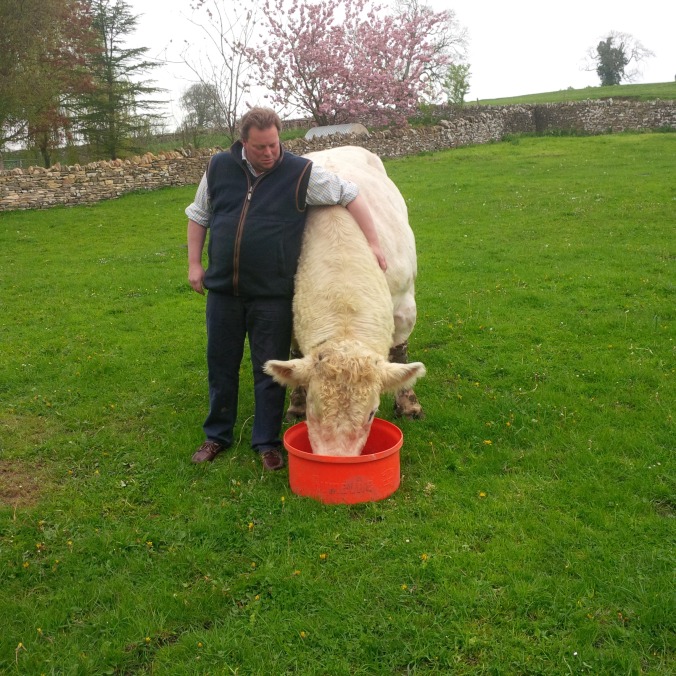The count down is on.
We now have a date for our next bTB test. It’s the 15th July. I am really not looking forward to it. It is an unknown. Will I have a clear test? If I don’t, how many reactors? How many more breeding cows /heifers will I loose? I think about it every day especially when I’m checking the cattle. Just now they look so well and so content with huge amounts of spring grass its lovely to be amongst them but the 15th July hangs over all of us.
It has been interesting over the past week or so to have been able to debate the bTB issues first on Radio 4 and also at the Royal Agricultural University Science and Technology debate with non-farmers giving their perceptions and concern’s. It is so important to have a reasoned debate with all sides but this is not always easy with some very extreme views. So much is talked about the “science” and its sometimes conflicting views. I found this piece of information very useful.
It is from the final Independent Scientific Group (ISG) on the RBCT Randomised Badger Culling Trial and concerns on trapping. Trapping was only carried out for an average of 8 days per annum. Of the 15666 traps set 8981 (57%) WERE TAMPERED WITH AND 1827 (12%) WERE STOLEN.
This alone must cast doubt on the trial? The fact that it cost so much money does not mean you get good science. Perhaps we should also look at the previous 5 trials which show big reduction in bTB herd outbreaks after more efficient culling. I don’t think the question should be if culling badgers will reduce bTB in cattle because the evidence is there to show that, but how do we efficiently cull and control the badger population in the areas with the greatest reservoir of bTB in the environment.
I will very soon post some very useful information to help explain this better




